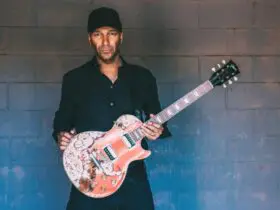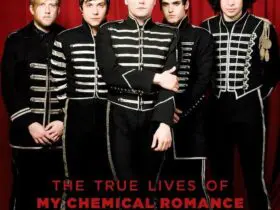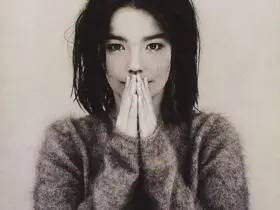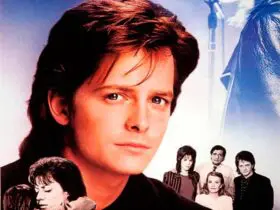The hidden challenges women face in the music industry
A closer look at the industry’s dark side
The music industry, often seen as a glamorous and creative haven, harbors a darker reality for many women. Recording studios, tour buses, green rooms, and offices—places where music is made and deals are struck—can also be spaces of vulnerability and exploitation. This isn’t a minor flaw in the system; it’s a significant and pervasive issue.
The prevalence of exploitative gatekeepers
In the music business, gatekeepers—those who control access to opportunities—often wield their power in exploitative ways. These individuals can be producers, managers, executives, or even fellow artists. The imbalance of power creates an environment where women are frequently subjected to harassment and abuse, making it difficult for them to thrive or even feel safe.
The impact on women’s careers
The consequences of this toxic environment are far-reaching. Women in music often face barriers that their male counterparts do not. These barriers can manifest as fewer opportunities, lower pay, and a lack of representation in key industry roles. The fear of retaliation or being blacklisted can also prevent women from speaking out against their abusers, perpetuating a cycle of silence and complicity.
Industry trends and studies
Recent industry studies highlight the stark gender disparities in music. For instance, women are significantly underrepresented in roles such as producers and engineers. Despite making up a substantial portion of music consumers and creators, women often find themselves sidelined in decision-making processes. This lack of representation not only stifles diversity but also perpetuates the exploitative culture.
Personal reflections from industry insiders
Many women in the industry have shared their personal experiences, shedding light on the pervasive nature of these issues. Their stories reveal a pattern of systemic abuse and highlight the urgent need for change. These reflections are not just anecdotal; they are a call to action for the industry to address its deep-seated problems.
Steps towards a safer industry
Creating a safer and more equitable music industry requires a multifaceted approach. Here are some steps that can be taken:
-
Implementing strict policies: Music companies and organizations need to establish and enforce strict anti-harassment policies. These policies should include clear reporting mechanisms and protections for those who come forward.
-
Promoting diversity and inclusion: Increasing the representation of women and other marginalized groups in all areas of the industry is crucial. This includes not only artists but also producers, engineers, executives, and other key roles.
-
Providing education and training: Regular training on issues such as consent, power dynamics, and bystander intervention can help create a more informed and respectful industry culture.
-
Supporting survivors: Offering resources and support for survivors of harassment and abuse is essential. This can include counseling services, legal assistance, and career support.
The role of fans and consumers
Fans and consumers also play a vital role in driving change. By supporting artists and companies that prioritize safety and equality, they can help shift industry standards. Additionally, raising awareness about these issues and holding perpetrators accountable can contribute to a more just and equitable music landscape.
Conclusion
The music industry has long been a space where creativity and exploitation coexist. Addressing the systemic issues that allow harassment and abuse to thrive is not just a moral imperative; it’s essential for the future of music. By taking concrete steps towards change, the industry can become a safer and more inclusive space for all.
For more information on the artists and their work, visit Music Still.
Note: This article is intended to provide an in-depth analysis of the challenges women face in the music industry. The information presented is based on industry trends and personal reflections from insiders, aiming to offer a comprehensive perspective on the issue.
















